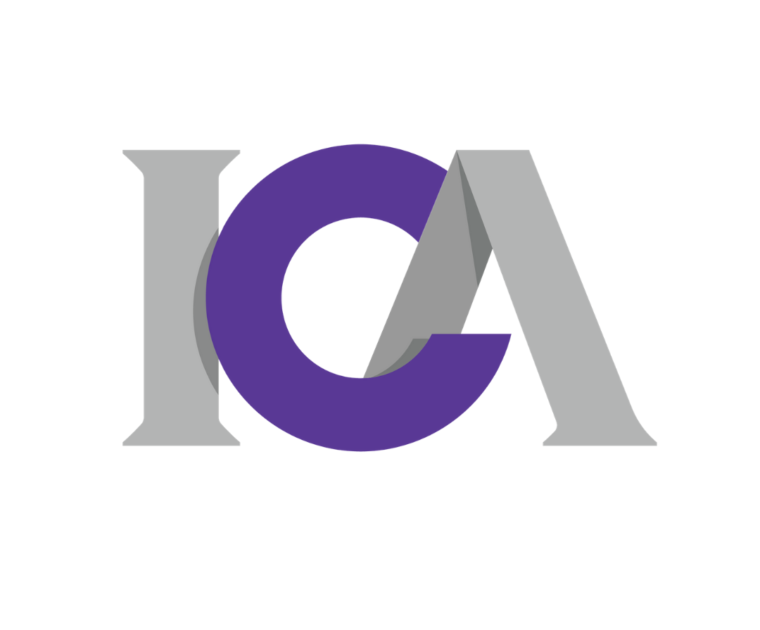Death Claims—Red and Yellow Flags
June 11, 2024
As new claims come in, one should keep a sharp eye on potential fraud. We’ve compiled a list of red and yellow flags related to the evaluation of incoming life insurance claims. This list may give you some ideas of things you should be considering.
Death Claims—Red and Yellow Flags
- A beneficiary or attorney is pressuring for fast settlement, especially on a contestable or foreign claim.
- Questionable insurable interest.
- The beneficiary is in a failing business.
- The beneficiary is uncooperative, unwilling to provide authorization for the release of information, or unable/unwilling to produce original death certificate.
- Post office box is used as a residential address.
- During interview beneficiary is vague or unclear about medical, employment and insurance history or circumstances leading to death.
- Anonymous and/or frequent telephone inquiries from the beneficiary regarding the status of the pending claim. Other people impersonate the beneficiary during status calls.
- Agent requests for you to not contact insured’s when beneficiary is other than spouse.
- Limitations placed on the use of authorization, wants to amend/alter authorization.
- A beneficiary’s handwriting is too similar to that of insured.
- Frequent beneficiary/owner changes.
- Multiple beneficiaries by percentages.
- Viatical Company is the owner/beneficiary.
- Unsolicited, the beneficiary furnishes an extensive number of documents or unexpected documents, such as unsolicited medical records. Or the claim submission looks to professional such as using insurance terminology.
- Answers “N/A” or skips questions on claim form.
- Vague or ambiguous details on claim forms (dates, places, medical providers, diagnosis).
- Writing agent or attending physician related to insured.
- Death occurs shortly after issue date or a request to increase coverage.
- Cause of death from disease which progresses slowly.
- Insured was a physician.
- Significant difference between decedent’s date of birth on death certificate, application, or other form of ID.
- False identification documents, i.e., Social Security Number, driver’s license number, birth date and/or death certificate counterfeited, falsely made or altered.
- Accident, autopsy, or investigative report details that do not correlate to death certificate, or claimant’s statement.
- Death certificate does not match the style typically issued from the jurisdiction and/or the death certificate is handwritten.
- Death by self-inflicted injury, gunshot wound, carbon monoxide, overdose and the ruling is accidental.
- Cause of death ruled “undetermined.”
- Body is not identifiable, i.e., decomposed, burned, or dismembered, or not located.
- Disappearance of insured with no body and no evidence.
- No witnesses to a Motor Vehicle Accident (MVA).
- Dates inconsistent with normal course of business days, holiday, in consideration of health, employment, death, etc.
- Conflicting descriptions of course of illness or accident.
- Handwritten medical receipts, billing, hospital records and medical records that appear too brief.
- Medical providers cannot locate records.
- Absence of independent/verifiable documents, i.e.: death certificate, police report, medical examiner/coroner report.
Additional Considerations for Deaths Abroad
- Death occurs in a country where the legal system is not functioning.
- Beneficiary resides abroad.
- Receipts are in U.S. currency.
- S. Citizen buried or cremated in foreign country.
- Original documents produced in language that is not customary for the country.
- Foreign national dies in their homeland while “visiting.”
- Only a one-way ticket.
- No traveling companions.
- The deceased was travelling alone with the beneficiary.
- Disposition of body is contrary to local customs.
- Insured is new to the U.S., a foreign national, or little time is spent in the U.S.
- Unsolicited medical records from foreign hospitals, doctors and clinics or unsolicited photos or video tapes.
- Original documents in English where English is not a primary language of that country.
- Death certificates from more than one foreign government.
- Death claims on children “visiting” foreign countries.
- Information concerning foreign travel is inconsistent or vague, details unknown to family.
- Insured travels to foreign country by way of another foreign country – not the U.S.
Additional Consideration for Contestable Death Claim
- Death from a terminal illness within a short time of policy start date. How fast is a “short time”?
- According to a published article*, here are the expected dates from first drug treatment for the terminal illness to death based on type of disease, where the first value show is the average and the values in parenthesis are the range:
- Lung cancer 60 (19–154)
- Prostate cancer 76 (25–218)
- Breast cancer 73 (20–264)
- Colorectal cancer 67 (22–193)
- Hematologic cancer 41 (12–110)
- Other cancers 56 (18–154)
- Noncancer 17 (3–109)
- From the same article, here are those values by age:
- <60 83 (30-234)
- 60-69 72 (23-197)
- 70-79 52 (16-145)
- >79 31 (8-106)
- Existence of medical records from around the time of the policy issuance. Although these records may not be related to a pre-existing condition, the existence of the medical records shows a medical event. The deceased may have been aware of and did not disclose a condition that would have precluded policy issuance.
- Pharmacy records show prescribed medications prior to policy issuance that are usually not given to someone who is in an overall healthy condition and/or do not match declarations made on the policy application.
- Cause of death or manner of death does not match lifestyle declarations on the application, such as lung cancer for someone who declared as a non-smoker or death from hang-gliding from someone who declared no intention to participate in a dangerous activity.
- According to a published article*, here are the expected dates from first drug treatment for the terminal illness to death based on type of disease, where the first value show is the average and the values in parenthesis are the range:
* https://www.sciencedirect.com/science/article/pii/S088539241630330X
Author(s)
Ben Turner, Worldwide Resources, Inc.
Marlon Fearon, Swiss Re.

